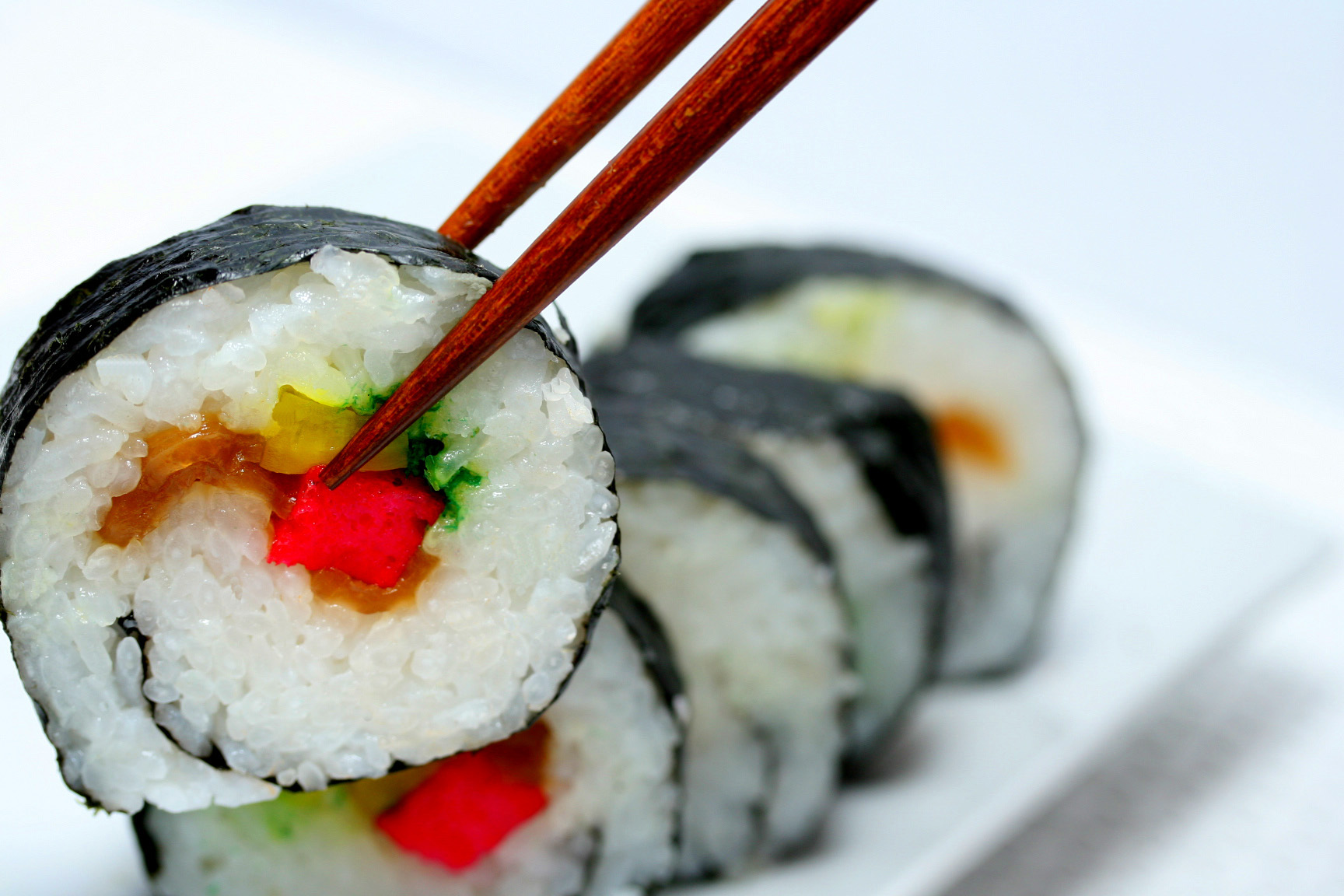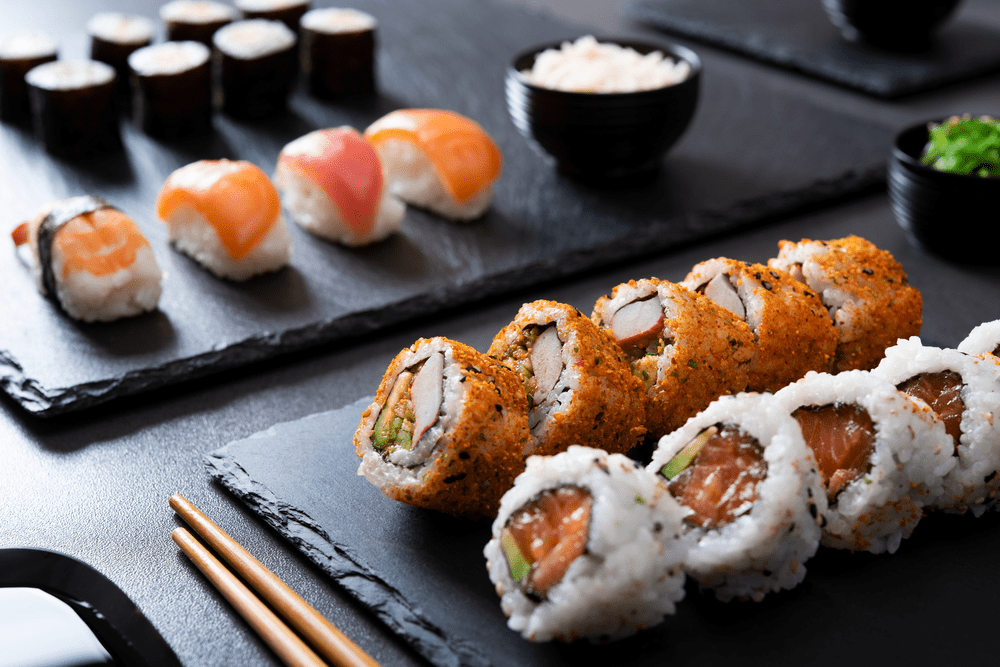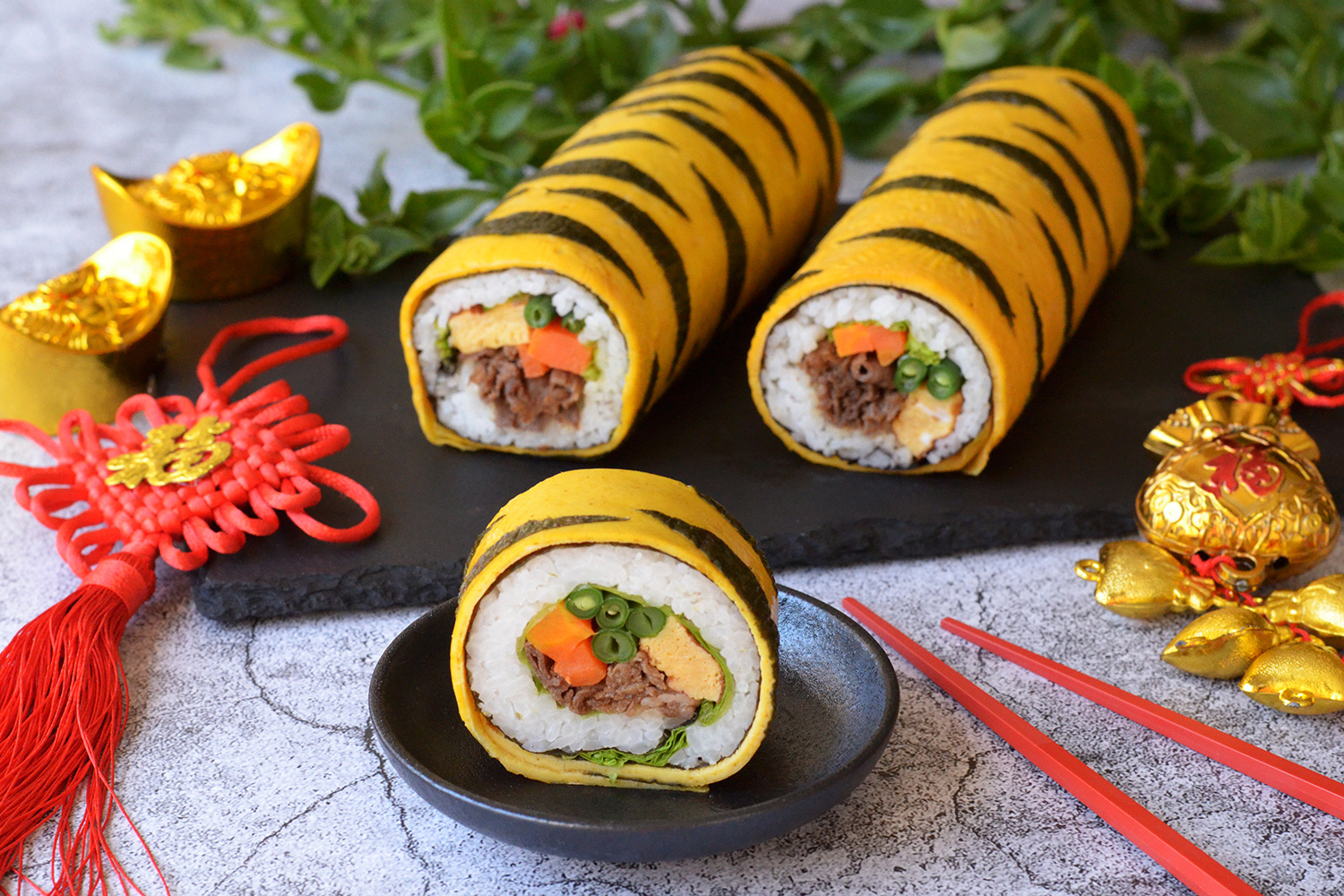Master the Art of Sushi with This Ultimate Sushi Rice Seasoning Recipe
Written By James Morgan
Sushi rice seasoning recipe is the cornerstone of great sushi. With the right balance of sweetness, saltiness, and tang, your sushi rice will be highly flavorful and complement the various ingredients used in sushi rolls. In this article, we will guide you through the intricate process of achieving the perfect sushi rice seasoning that will elevate your sushi-making skills.

The Importance of Perfectly Seasoned Sushi Rice
In the realm of Japanese cuisine, sushi is revered for its subtle complexity and elegant simplicity. While the fresh fish and vegetables play a pivotal role, the foundation of any exceptional sushi lies in the sushi rice itself. The sushi rice seasoning recipe ensures that each grain of rice is infused with the perfect balance of flavors, making every bite a delightful experience. Properly seasoned sushi rice acts as a canvas, allowing the other ingredients to shine while adding depth to the overall taste. Whether you are a novice or a seasoned sushi-making enthusiast, mastering the art of sushi rice seasoning is essential to elevate your culinary creations.

Essential Keywords Related to Sushi Rice Seasoning Recipe
To help you understand and master the sushi rice seasoning recipe, it's helpful to familiarize yourself with relevant keywords. Here are some essential terms related to sushi rice seasoning:
- Sushi rice
- Sushi vinegar
- Japanese rice
- Seasoned rice vinegar
- Sushi preparation
- Rice seasoning

The Staples: Ingredients for Sushi Rice Seasoning Recipe
- 2 cups of Japanese short-grain rice
- 2 cups of water (for cooking the rice)
- 1/2 cup of rice vinegar
- 1/4 cup of sugar
- 1 1/2 teaspoons salt
- Optional: Kombu (dried kelp) for extra Umami
Recommended Cookware

Step-by-Step Instructions to Achieve Perfect Sushi Rice Seasoning
Step 1: Preparing the Rice
Start by rinsing the rice thoroughly using a strainer until the water runs clear. This step removes the excess starch, ensuring your rice turns out fluffy and separate. After rinsing, let the rice soak in water for about 30 minutes. This allows the grains to absorb moisture, leading to even cooking.
Step 2: Cooking the Rice
Using a rice cooker is recommended for perfectly cooked sushi rice. Follow the instructions on your rice cooker, adding 2 cups of water to the rinsed and soaked rice, and let it cook until tender. If a rice cooker isn't available, you can use a heavy-bottomed pot; just make sure to cover it tightly during cooking and avoid lifting the lid to retain steam.
Step 3: Preparing the Seasoning
While the rice is cooking, prepare the sushi vinegar seasoning. In a small saucepan, combine the rice vinegar, sugar, and salt. Gently heat the mixture over low heat, stirring until the sugar and salt are completely dissolved. Be cautious not to bring it to a boil. Once dissolved, remove from heat and let it cool to room temperature. For an added layer of flavor, consider adding a small piece of kombu (dried kelp) to the vinegar mixture while it heats.
Step 4: Seasoning the Rice
Transfer the hot cooked rice to a large wooden or non-metallic bowl. Pour the sushi vinegar seasoning evenly over the rice. Using a gentle cutting and folding motion, incorporate the seasoning into the rice. It's important to do this carefully to avoid crushing the rice grains. As you mix, use a fan or a folded newspaper to cool the rice and absorb excess moisture, giving the rice a glossy finish. This step also helps to achieve the desired texture.
Step 5: Storing and Serving the Sushi Rice
Ideally, sushi rice should be used immediately for the best flavor and texture. However, if you need to store it, keep it at room temperature covered with a damp cloth to maintain its moisture. Avoid refrigerating sushi rice as it can cause the rice to harden and become inedible. Perfectly seasoned sushi rice is now ready to be used for making a variety of sushi rolls, nigiri, or even onigiri. For inspiration on rolling techniques and recipes, consider exploring this comprehensive sushi guide.
Bonus Tips for Sushi Rice Perfection
Consistency is key when it comes to sushi rice. To ensure a uniform taste and texture, always use the best quality ingredients, from rice to vinegar. When it comes to equipment, using a sushi knife ensures clean, precise cuts, preserving the integrity of the rice and other ingredients. Additionally, practicing the correct folding technique will lead to improved results over time.
Cleaning Your Cookware
A well-maintained kitchen is crucial for culinary success. Once you're done preparing your sushi rice, cleaning your cookware is essential. An effective cookware cleaner ensures your pots, pans, and rice cookers stay in pristine condition. For your cutting boards, regularly apply cutting board oil to prevent drying and cracking, extending their usability and safety.
As an Amazon Associate, I earn from qualifying purchases.
author_links and relevant external links


